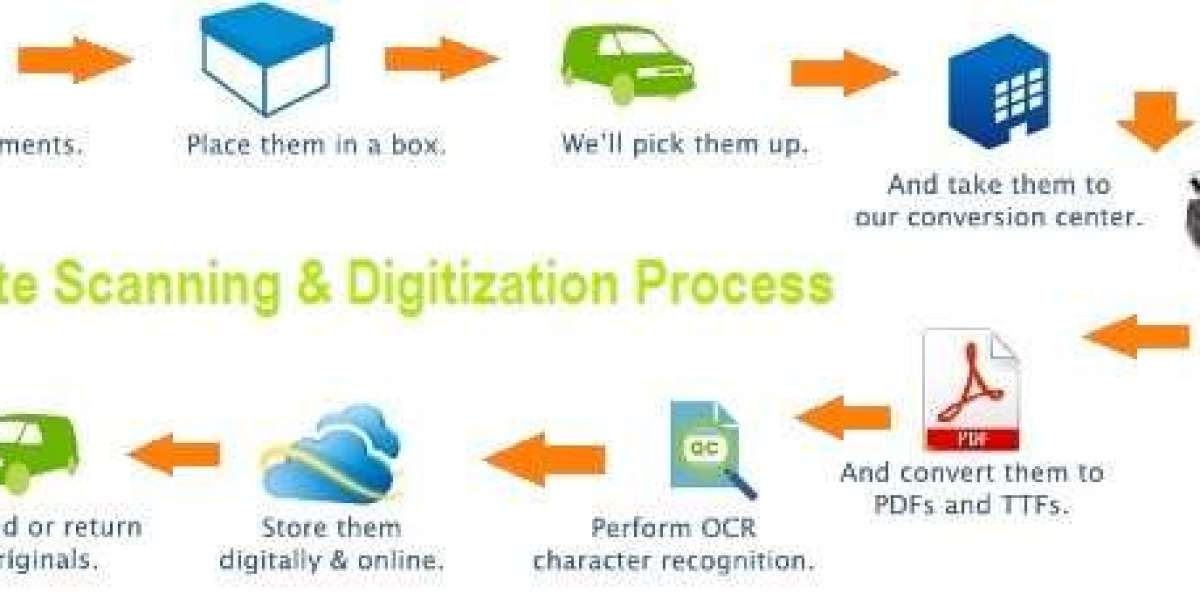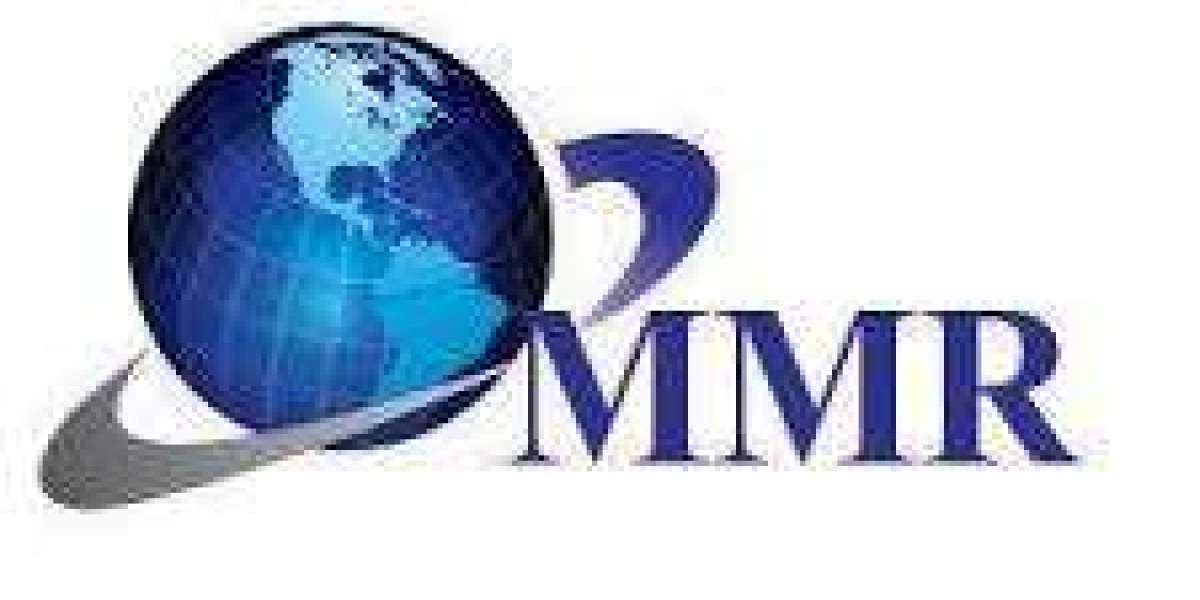Scanning, once a term reserved for traditional document or image acquisition, has evolved into a multifaceted process that transcends the boundaries of physical media. In this digital age, scanning has become an indispensable tool, enabling us to convert analog information into a digital format, unlocking a myriad of possibilities across various domains.
The Evolution of Scanning:
1. Document Scanning: Document scanning has been a cornerstone in offices for decades. The transition from physical paper documents to digital files not only saves physical space but also facilitates easy storage, retrieval, and sharing. High-speed scanners, Optical Character Recognition (OCR) technology, and cloud integration have revolutionized document management systems, enhancing efficiency and accessibility.
2. Image Scanning: The realm of image scanning goes beyond flatbed scanners. Modern devices can capture high-resolution images from photographs, slides, and negatives. The preservation of visual memories has taken a digital leap, allowing us to breathe new life into old photographs and artwork. Additionally, advancements in 3D scanning technology have opened up possibilities in fields like archaeology, art restoration, and virtual reality.
3. Barcode and QR Code Scanning: Scanning technology plays a pivotal role in inventory management and retail. Barcodes and QR codes streamline processes, from tracking products to facilitating secure transactions. Mobile devices equipped with cameras have turned into powerful scanners, providing consumers and businesses with a quick and efficient means of obtaining information.
4. Biometric Scanning: The rise of biometrics has introduced a new dimension to security systems. Fingerprints, facial recognition, and iris scans have become integral components in identity verification and access control. Biometric scanning not only enhances security but also provides a seamless and convenient user experience in various applications, from unlocking smartphones to airport security.
5. Network Scanning: In the realm of cybersecurity, network scanning is a critical practice. Ethical hackers and security professionals deploy scanning tools to identify vulnerabilities in computer systems and networks. Understanding potential points of entry allows for proactive measures to strengthen digital defenses and protect against cyber threats.
6. Medical Scanning: In the field of healthcare, scanning technologies like X-rays, MRIs, and CT scans have revolutionized diagnostics. These non-invasive techniques provide detailed insights into the human body, aiding in the detection and treatment of various medical conditions. The integration of artificial intelligence further enhances the accuracy and speed of medical scanning processes.
Challenges and Ethical Considerations:
While scanning technologies offer numerous benefits, they also pose challenges and ethical considerations. Privacy concerns, data security, and the potential misuse of scanned information require careful consideration. Striking a balance between technological innovation and safeguarding individual rights is crucial in the evolving landscape of scanning.
Conclusion:
As we continue to embrace the digital era, scanning remains a dynamic and transformative force across diverse industries. From digitizing historical archives to securing digital networks, the applications of scanning are vast and continually expanding. Understanding the nuances of scanning technologies is essential for harnessing their full potential while addressing the ethical implications that arise in this rapidly evolving landscape.







